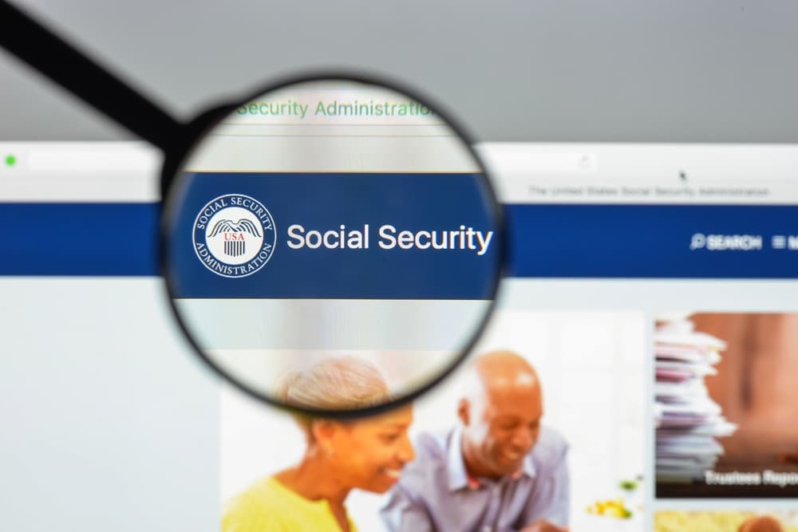A Way to Lock in the Current Estate Tax Exemption to Benefit Your Spouse
With the fate of the estate tax exemption uncertain, you may want to use the current large exemption to transfer assets to a trust to benefit your spouse. A spousal lifetime access trust (SLAT) can help transfer assets outside of your estate.
Posted on November 29, 2021

The current federal estate tax exemption is $11.7 million for individuals and $23.4 million for couples (in 2021). That means that as long as your estate is valued at under the exemption amount, it will not pay any federal estate taxes. The lifetime gift tax exclusion – the amount you can give away without incurring a tax – is also $11.7 million. However, if no action is taken in the meantime, in 2026 the exemption is set to drop back to the previous exemption amount of $5.49 million (adjusted for inflation).

FREE WEBINAR
5 Things to Know About
Estate Planning
When You Turn Sixty-Five
Now may be a good time to take advantage of the large exemption by moving money from your estate into a trust. A SLAT is an irrevocable trust where one spouse (the donor) makes a gift to a trust for the benefit of the other spouse (the beneficiary). There can also be additional beneficiaries, such as children or grandchildren. While a gift to a trust would normally be taxed, the donor spouse can use the federal gift and estate tax exemption to transfer the funds to the trust tax-free. Once the funds are transferred to the trust, they are no longer in the donor spouse’s taxable estate, and the SLAT is also excluded from the beneficiary spouse’s taxable estate as well.
One of the benefits of a SLAT is that the funds in the trust can appreciate over time without the appreciation being included in your estate. While a SLAT is designed to let assets appreciate, the beneficiary spouse can take distributions from the trust as necessary, allowing some indirect access to the funds. Because a SLAT is irrevocable, it also protects the funds from your creditors, and, depending on how the SLAT is set up, it may protect the funds from your spouse’s creditors as well.
The downside of a SLAT is that once the funds are transferred, they are out of your control. If your spouse dies or you get divorced, you will no longer have any access to the funds. The funds will also not receive a “step-up” in basis when the donor spouse dies. In addition, a SLAT is a grantor trust, which means the donor spouse must pay income tax on any appreciation of the funds in the trust.

FREE WEBINAR
5 Things to Know About
Estate Planning
When You Turn Sixty-Five
In order to take advantage of the benefits of a SLAT, it must be set up properly. Care must be taken when choosing a trustee—the donor spouse cannot be the trustee, and the beneficiary spouse can only serve as trustee if his or her power to make distributions is limited. If both spouses want SLATs, the trusts have to be structured to avoid being reciprocal trusts, which would add them to the spouses’ taxable estates.
Call us today to determine if a SLAT is a smart estate planning tool for your family.
More from our blog…
Elder Financial Abuse: How an Elder Law Attorney Can Help
Elder financial abuse is a significant issue affecting many older adults nationwide. It involves someone exploiting or misusing an older person’s finances or assets for [...]
Does Medicare Cover Prescription Weight Loss Drugs?
Americans have a growing appetite for prescription drugs such as Ozempic, Wegovy, and Mounjaro. Originally developed to treat Type 2 diabetes, they are now exploding [...]
How Social Security Overpayment Rules Are Changing
With a new commissioner at the helm, the Social Security Administration (SSA) has been announcing several policy changes in recent weeks. In late March 2024, the [...]
Claiming the Guardianship of an Elderly Parent
Often an aging parent will lose their ability to think clearly or make informed decisions about their life. This may occur because of dementia, mental [...]
Recent blog posts

FREE WEBINAR
5 Things to Know About
Estate Planning
When You Turn Sixty-Five





